In the late 19th century, the gold rush transformed Colorado into a land of opportunity, attracting thousands seeking fortune. Today, the towns that sprang up around gold mines stand as eerie yet beautiful witnesses to a tumultuous era. Let’s explore the most famous ghost towns in Colorado, where the history of gold mining still echoes through deserted streets.
Saint Elmo: The Perfectly Preserved Gem
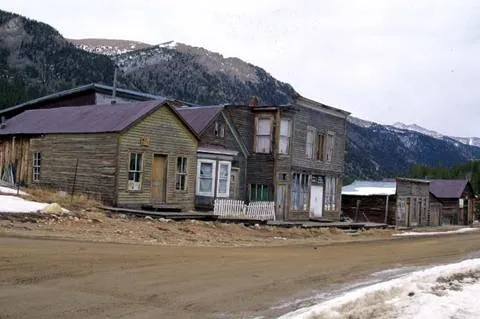
Founded in 1878, Saint Elmo proudly stands as the best-preserved ghost town in Colorado. During its heyday, the population reached 2,000, boasting amenities from houses and grocery stores to hotels, a newspaper office, and a school. Saint Elmo was also notorious for its saloons, dance halls, and brothels, catering to single men. Today, this ghost town attracts visitors with its antique charm, privately-owned abandoned houses, and exciting exploration activities like fishing, hiking, and learning about gold mining history.
Animas Forks: Defying Time
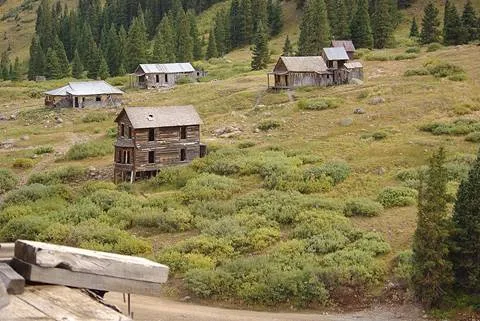
Animas Forks, built in 1873 in San Juan County, was once a crucial part of the Alpine Loop, connecting small towns like Lake City, Ouray, and Silverton. By 1876, Animas Forks thrived with over 30 houses, a hotel, stores, saloons, a post office, and 450 residents. However, as the gold rush waned, the town gradually became deserted, officially becoming a ghost town in the 1920s. Today, the Colorado Historical Society is working to preserve and develop the remaining traces of Animas Forks, turning it into a captivating destination for those seeking to understand Colorado’s gold mining history.
Independence: Testament to Hardship
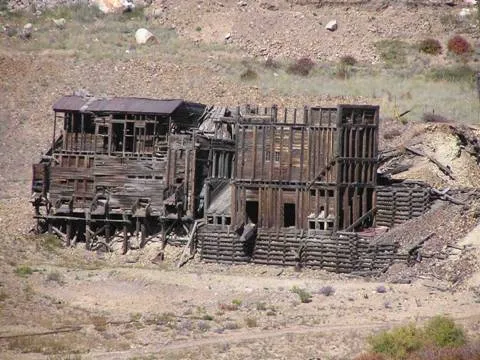
Independence, located in Pitkin County, was named after a gold strike on Independence Day (July 4th) in 1879. The harsh winters here claimed the lives of many gold miners. By 1912, Independence officially became a ghost town. A unique feature of Independence is that houses remained intact when residents left. In the late 20th century, the town began restoration and renovation to attract tourists, offering a genuine glimpse into the lives of gold miners during the gold rush era.
Ashcroft: Untamed Beauty Amidst Nature
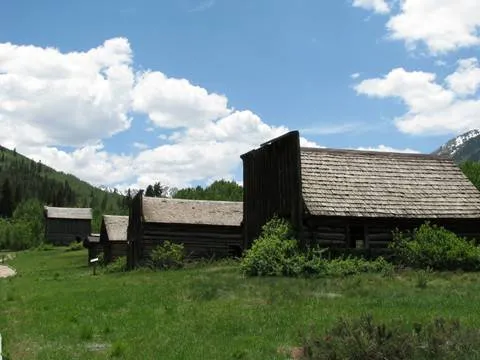
Ashcroft was founded around 1880, initially named Castle Forks, then Chloride. Just three years later, it boasted 2,500 residents, two newspapers, a school, two sawmills, and 20 saloons. However, rapid growth couldn’t prevent Ashcroft’s decline. By 1900, only two people remained. Jack Leahy, the town’s last resident, passed away in 1939, marking the end of Ashcroft. Winters here are severe, so the best time for tourists to visit Ashcroft is in the summer, to enjoy the untamed beauty amidst stunning nature.
Teller City: Forgotten in the Deep Woods
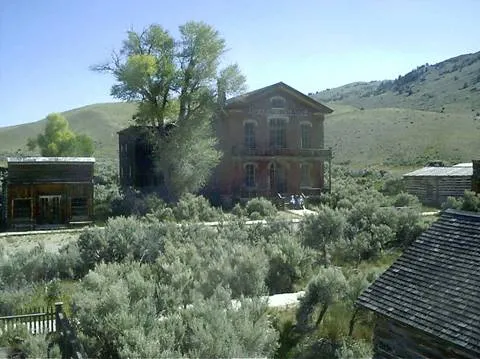
In its heyday, Teller City was the largest town in the Grand Lake area, with 27 saloons, numerous hotels, and a population of 1,300. However, in 1884, silver prices plummeted, making mines unable to cover mining and transportation costs. From 300 residents in 1887, Teller City was completely abandoned by 1902. Experts recommend visiting Teller City from mid-April to mid-November to avoid harsh weather.
Boggsville: Crossroads of History and Rebirth
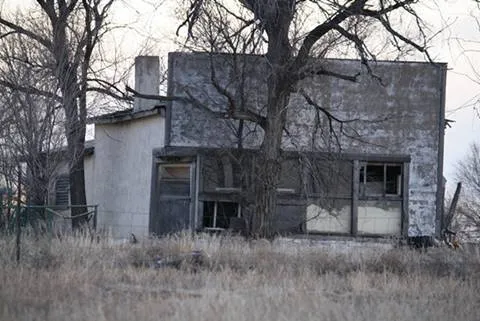
Boggsville was founded in 1862 by Thomas O. Boggs and his wife Rumalda Luna Bent. The town was once the center of Bent County, with a thriving railroad industry. Currently, Boggsville has fewer than 10 original gold rush-era houses, undergoing repair or reconstruction. With mild winters and cool summers, Boggsville is an ideal year-round destination for visitors.
Goldfield: “Reviving” from the Past
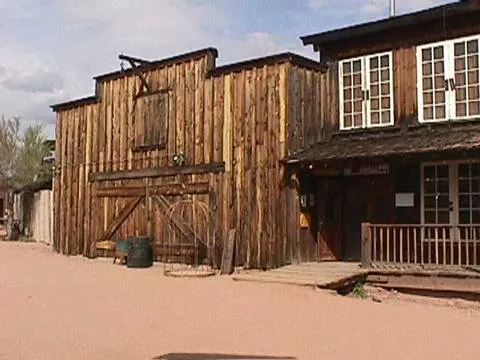
Goldfield, located in Teller County, was founded in 1895 by the owners of the Portland mine. Unlike other prosperous towns, Goldfield couldn’t survive long after the gold rush ended, despite a peak population of 3,000. When resources depleted, the town gradually became desolate. Today, some buildings still stand, defying time. Visitors can easily observe these remnants right from the highway. Additionally, visitors can try gold panning at mine sites or test their luck with gambling.
South Park: A Living History Museum
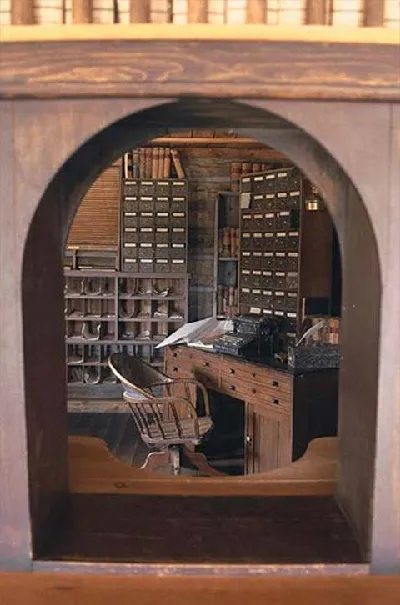
South Park is an outdoor historical site with living artifacts in Fairplay, Colorado. It features a remarkable collection of 34 historical structures, with 7 still intact and the rest being restored to their original form. Inside the buildings, thousands of artifacts are arranged and displayed according to the gold rush era culture, offering visitors a vivid experience of the past.
Tomboy: Ethereal Beauty, Difficult to Reach
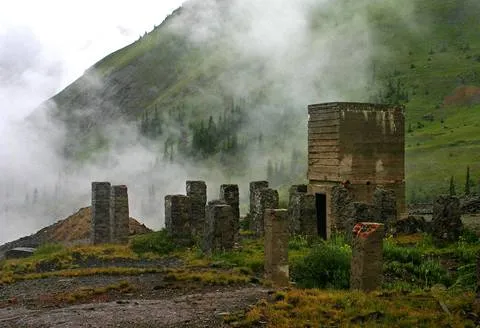
Tomboy was a mining town founded in 1880 in the icy Savage Basin area. Tomboy’s population once reached 900, but it was abandoned when ore sources dried up. In the early 20th century, the town began preservation, but visitors can only access it by 4-wheel drive vehicles for two months each year. The difficulty in access further enhances Tomboy’s mysterious and captivating beauty.
Carson: Challenging Access, Full of Promise
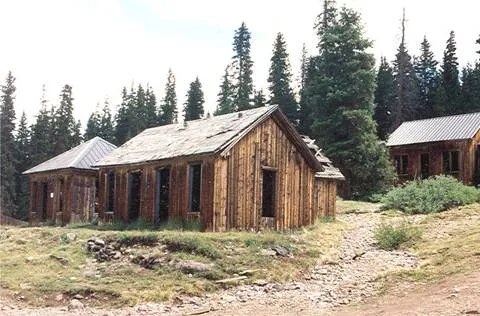
Carson is one of the most inaccessible ghost towns in Colorado. Located atop the Continental Divide, Carson is known for its frigid winters and was once the largest town in San Juans County. In the early 1900s, 400-500 miners flocked here seeking gold. However, the wealth didn’t last long. Today, visitors can camp near mine shafts and cabins or explore the surroundings by horseback or ATV in the summer.
Colorado’s ghost towns are not just historical relics, but also vivid stories of a tumultuous era. Each town holds its own unique beauty and story, waiting for visitors to discover and experience. Come to Colorado and embark on a journey back in time, exploring gold mining history and majestic ghost towns.
Conclusion
Exploring ghost towns in Colorado is a unique journey, taking you back in time to witness the remnants of a vibrant historical period. From well-preserved Saint Elmo to inaccessible Carson, each town carries its own stories and mysteries waiting to be uncovered. If you are a history enthusiast, passionate about exploring the mysterious, and want to learn about the lives of gold miners during the gold rush, Colorado is the ideal destination for you. Plan your trip and experience the eerie beauty of these ghost towns for yourself. Are you ready for a journey to explore Colorado’s gold mining history?